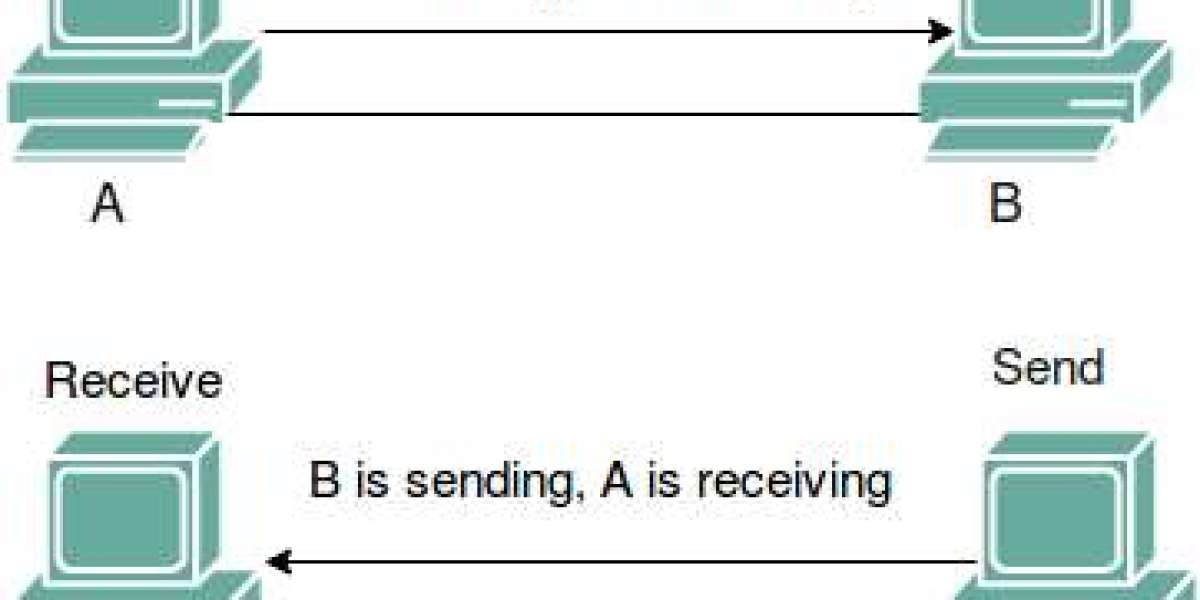In the world of networking, the terms "full duplex" and "half duplex" are often thrown around, but understanding the nuances between them is crucial for optimizing data transmission in various environments. As technology continues to evolve, so do the requirements for efficient communication. This article delves into the depths of full duplex vs half duplex networks, exploring their characteristics, applications, and the advantages they bring to different scenarios.
Understanding the Basics:
Before we explore the intricacies of full duplex and half duplex networks, it's essential to grasp the fundamental concepts. In data communication, duplexing refers to the ability of a communication system to transmit and receive data. Duplexing can be categorized into two main types: full duplex and half duplex.
1. Full Duplex:
a) In a full duplex communication system, data can be transmitted and received simultaneously.
b) This bidirectional communication allows for real-time and continuous data flow in both directions.
c) Common examples of full duplex communication include traditional telephone conversations and modern Ethernet connections.
2. Half Duplex:
a) Half duplex communication allows data transmission in only one direction at a time.
b) Devices in a half duplex network take turns transmitting and receiving data, creating a semi-duplex flow.
c) Walkie-talkies and traditional push-to-talk communication systems are classic examples of half duplex networks.
Applications of Full Duplex and Half Duplex Networks:
1. Full Duplex:
a) Ethernet Networks: Full duplex Ethernet connections are standard in modern networking. They enable faster and more efficient data transfer by allowing devices to transmit and receive simultaneously.
b) Telecommunication: Voice-over-IP (VoIP) and video conferencing systems often utilize full duplex communication to ensure seamless and natural conversations.
2. Half Duplex:
a) Wireless Communication: Many wireless communication technologies, such as Wi-Fi and cellular networks, operate in half duplex mode. Devices take turns sending and receiving data to avoid interference.
b) Two-Way Radios: Public safety, security, and industrial sectors often use two-way radios, which are based on half duplex communication for effective team coordination.
Advantages and Considerations:
Advantages of Full Duplex:
a) Increased Efficiency: Simultaneous data transmission and reception enhance overall network efficiency.
b) Low Latency: Real-time communication is possible, making full duplex ideal for applications requiring minimal delay.
c) Optimized Bandwidth: Full duplex networks can utilize available bandwidth more effectively, resulting in faster data transfer rates.
Advantages of Half Duplex:
a) Simplicity: Half duplex systems are often simpler to implement and manage, making them cost-effective for certain applications.
b) Suitability for Certain Environments: In scenarios where continuous simultaneous communication is unnecessary, half duplex can be a practical choice.
Conclusion:
In the ever-evolving landscape of networking, the choice between full duplex and half duplex depends on the specific requirements of a given application. While full duplex offers simultaneous bidirectional communication for high-speed data transfer, half duplex provides a more straightforward and cost-effective solution in certain scenarios. Understanding the strengths and limitations of each type of duplexing is essential for designing and implementing robust communication systems tailored to the unique needs of various environments. As technology continues to advance, the interplay between full duplex and half duplex networks will remain a critical consideration in optimizing data communication.



